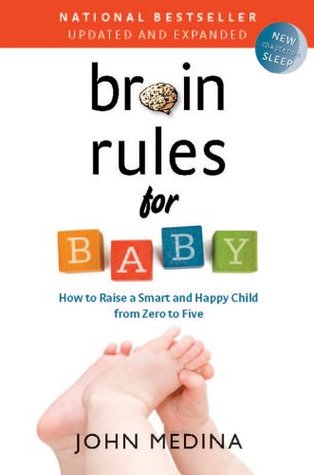More on this book
Community
Kindle Notes & Highlights
by
John Medina
Started reading
May 22, 2025
acknowledge the reflexive nature of emotions.
know that behavior is a choice, even though an emotion is not.
Some families deal with hot emotions by actively ignoring them, hoping their kids will “snap out of it” as adults do. But denying the existence of emotions can make them worse.
have a list filled not with emotions that are approved and disapproved but actions that are.
It’s a myth that releasing emotions makes everything better (that blowing your top will defuse your anger, for example).
Almost half a century’s worth of research shows that “blowing off steam” usually increases aggression.
“I want water NOW!”
“You’re thirsty, aren’t you? Getting a big gulp of cold water would feel so good. I wish that drinking fountain was working so I could lift you up and let you drink as much as you wanted.”
Empathy reflexes and the coaching strategies that surround them are the only behaviors known consistently to defuse intense emotional situations over the short term—and reduce their frequency over the long term.
How you deal with your toddlers’ intense emotions is a huge factor in how happy your child will be as an adult.
Acknowledge, name, and empathize with emotions. Save judgment for any unacceptable behavior arising from emotions.
kids initially have a hard time distinguishing reality from fancy, which you can see in their eagerness to engage in imaginative play.
around 3 years of age, when kids begin to realize that parents can’t always read their minds.
Theory of Mind?
the ability to discern someone else’s psychological state.
the realization that although these states may be different from your own, they are still valid for the person with whom you are interacting.
By age 4, a child will lie about once every two hours; by age 6, it’s once every 90 minutes.
Kohlberg outlined a progressive process for moral development:
Avoiding punishment.
Considering consequences.
Acting on principle. Eventually, the child begins to base her behavioral choices on well-thought-out, objective moral principles, not just on avoidance of punishment or peer acceptance.
Observational learning plays a powerful role in moral development.
If you lose emotions, you lose decision making What does this mean for parents wanting to raise a moral child?
a loss of emotion equals a loss of decision making.
This biology tells us that emotional regulation is an important component of raising a moral child.
Clear, consistent rules and rewards • Swift punishment • Rules that are explained
You are warm and accepting when administering rules
the brain’s chief interest is safety. When rules are not administered in safety, the brain jettisons any behavioral notion except one: escaping the threat. When rules are administered by warm, accepting parents, moral seeds are more likely to take root.
Every time your child follows the rules, you offer praise
You also praise the absence of bad behavior
The following four guidelines show the way to punishment that’s actually effective.
It must be punishment. The punishment should be firm.
It must be consistent. The punishment must be administered consistently—every time the rule is broken.
Mom and Dad and Nanny and stepparents and grandparents and in-laws all need to be on the same page regarding both the household rules and the consequences for disobeying them.
You can’t give them the opportunity to play one caregiver against another if you want them to have a moral backbone.
It must be swift.
The closer the punishment is to the point of infraction, the faster the learning becomes.
It must be emotionally safe.
If the kids don’t feel safe, the previous three ingredients are useless. They may even be harmful.
Rules that are explained
Without rationale “Don’t touch the dog, or you’ll get a time-out.” With rationale “Don’t touch the dog, or you’ll get a time-out. The dog has a bad temper, and I don’t want you to get bitten.”
Your child’s internal attribution originates from whatever rationale you supplied during the correction.
spanking causes more behavioral problems than other types of punishment, producing more aggressive, more depressed, more anxious children with lower IQs.
• In the brain, regions that process emotions and regions that guide decision making work together to mediate moral awareness. Lose emotions and you lose decision making.
How parents handle rules is key: realistic, clear expectations; consistent, swift consequences for rule violations; and praise for good behavior.
I can offer one piece of advice for helping baby stay in active sleep in the first place. The instant an infant shows signs of sleepiness,
don’t disrupt the process. If you are holding baby, continue to hold baby. Pay attention to how long it takes her to reach quiet sleep. Give it an extra 10 minutes as an insurance policy, and then place baby in the crib.
Sleep experts agree that one thing helps babies make this transition:
create a series of predictable bedtime rituals.


